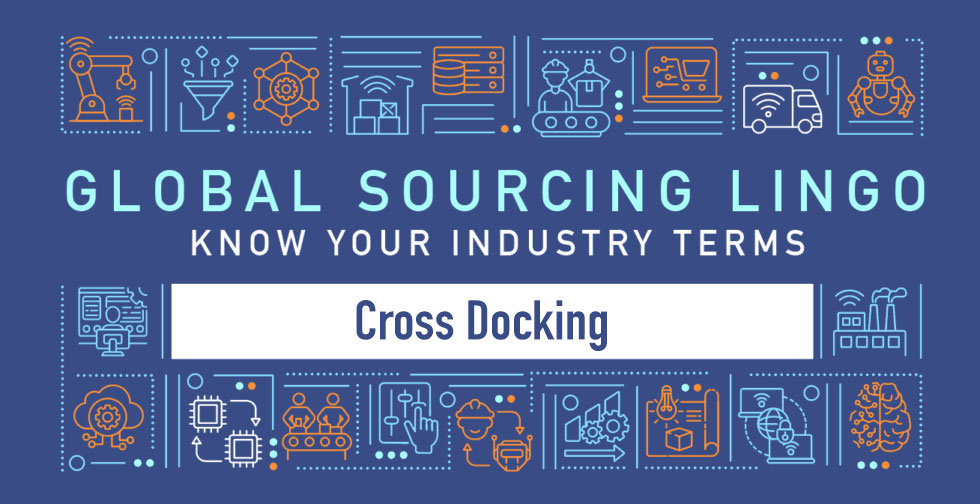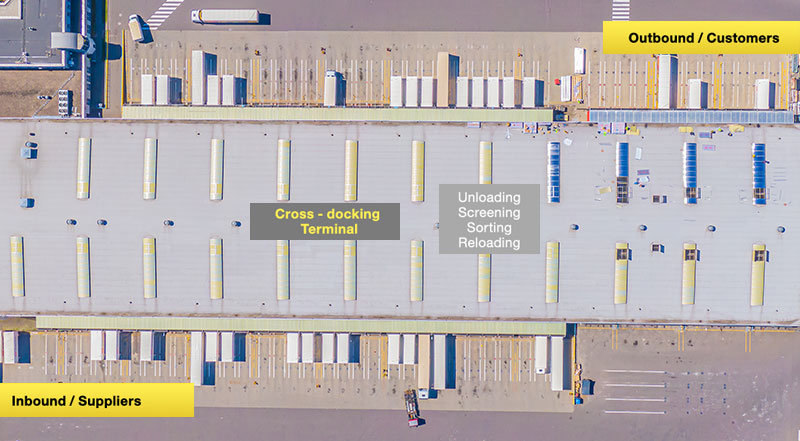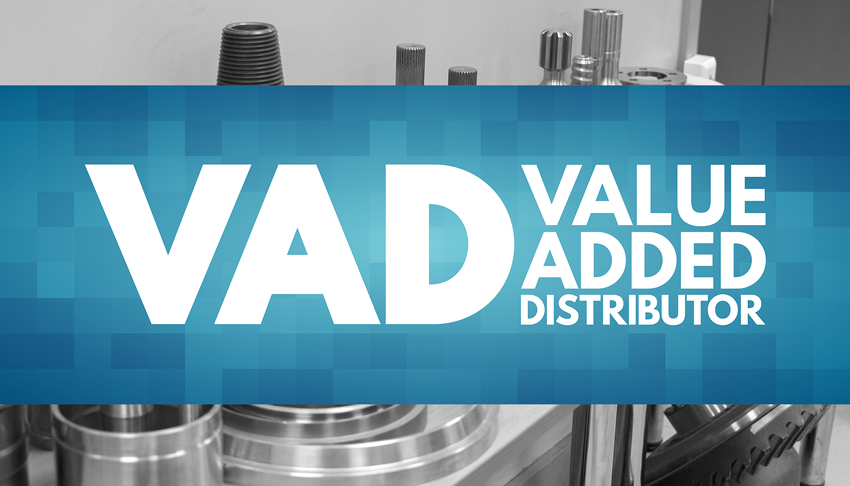Methods and technologies that can streamline and minimize costs in the supply chain are continually being updated and modified for particular businesses in the logistics industry. Among them is cross-docking.
Unloading freight from an inbound cargo and then loading it into an outbound shipment with little or no storage in between is called cross-docking. This means that a distribution center that uses cross-docking is more like a sorting center than a storage or warehouse facility.
Cross-docking, for example, is a facility where items are promptly moved to the next stage of the shipping process and the primary function of the distribution center. Everything has to be meticulously arranged in accordance with incoming and outgoing shipments due to a lack of storage space. Within 24 hours after docking at a docking station, incoming shipments are promptly sorted and transferred immediately into the outbound trucks or shipping containers.
When is cross-docking used?
In order to make an informed judgment about whether cross-docking would improve productivity, costs, and customer happiness for your unique organization, an in-depth analysis of your warehouse’s demands must be conducted. A wide range of items can benefit from cross docking. For starters, this method can expedite the transportation of perishable, non-temperature-controlled goods like food. When products are already packaged and sorted, cross docking can speed up the process of getting them out the door to a specific consumer.
Reasons for cross-docking implementation:
Assemble similar products in one location and distribute them to multiple locations in the most efficient and rapid manner possible. “hub and spoke” is a good analogy for this procedure.
Reduce transportation expenses by combining multiple smaller product loads into a single mode of transportation. The term ‘consolidation agreements’ might be used to describe this process.
Reduce the size of large goods shipments to make them easier to convey to the client. The term ‘deconsolidation agreements’ might be used to describe this process.
Cross-docking and the reasons for its inclusion in a company’s supply chain are discussed in this blog in the hopes that it will help you better comprehend the idea. The following section of this article will explain the pros and cons of cross-docking in greater depth.
Techniques for Cross-Docking
There are three basic cross-docking methods. The first and most straightforward way is continual cross-docking. This is the most straightforward usage. In continuous cross-docking, items and materials are continuously transferred from incoming to outgoing shipments at a central location. Occasionally, modest wait delays are incurred when trucks arrive at the plant at varying intervals.
Consolidation agreements are an additional method. In the cross-docking facility, this is the process of combining numerous smaller items or freight loads into one larger shipment. Some things housed at the site’s limited storage may be coupled with incoming goods to form complete truckload shipments.
Deconsolidation, which is the obvious opposite of consolidation, is the third process. In the deconsolidation method, rather than combining multiple smaller loads into one large load, a large load is broken down into several smaller loads for easier delivery; this method is typically used for direct-to-consumer shipments.
Benefits to Cross-docking
Cross-docking has a number of advantages for retail supply chains in general. Inventory handling and storage costs are considerably decreased as a result of products spending less time in the warehouse.
As a result, the merchant has a competitive advantage because goods often arrive at their final destination (i.e. the customer) considerably faster.
Cross Docking vs. Direct Shipment
Due to the fact that the products are shipped directly from the supplier to the customer, direct shipping is distinct from cross-docking. Direct sales from manufacturers are commonplace in most circumstances. Transport expenses can be drastically reduced by using this approach, but the seller must invest in additional logistical planning and storage space.
Because they distribute their goods directly to customers, suppliers must maintain enough inventories at all times. To the point of taking preorders. A backorder and extended shipment periods for customers might ensue if they had to manufacture or obtain more inventory from a third party.
As a result of this control, this strategy is widely used by most garment firms and many online businesses, as well as many other sorts of businesses.
Drop Shipping vs. Cross Docking
Items management methods such as cross-docking and drop shipping, on the other hand, keep inventory from gathering dust in your warehouse. Drop shipping is a method of selling products in which the items are sold directly from the manufacturer to the customer, with no involvement on your part.
Customers get their orders and have them transported to your warehouse, where they are processed and instantly returned to them.

Daniel Szwed - Marketing Manager

Resourceful and innovative Marketing Pro, with 20+ years of progressive experience in the marketing and creative technology industry. Responsible for digital and traditional marketing efforts that promotes brand awareness, increases engagement, and drives revenue.




















